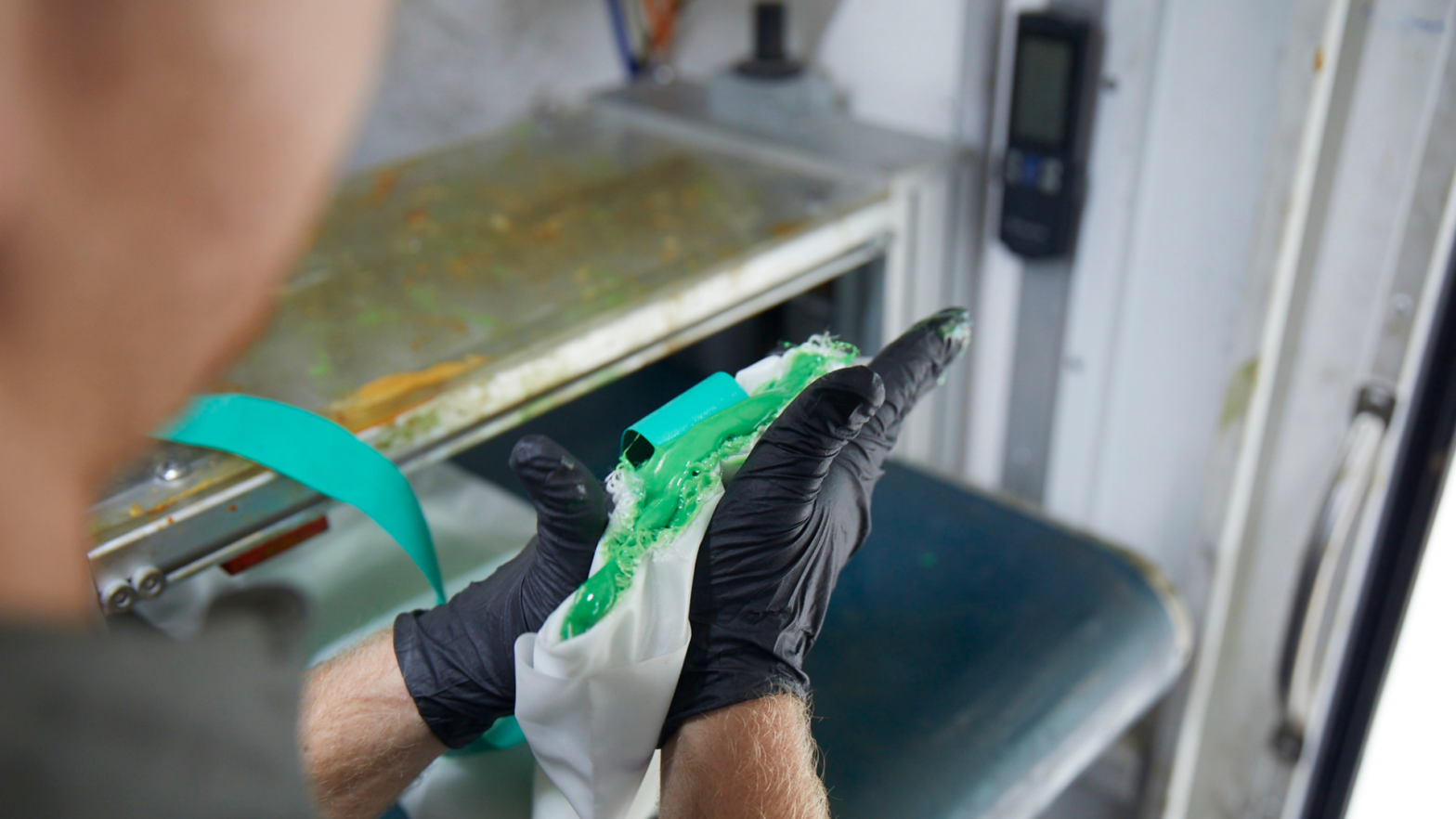If you are a home or business owner, you understand that surprise fixes and repairs can pop up when you least expect it. Although there are some structural issues you can easily repair yourself, leaks in your pipes or blockages in your sewer drains usually require a professional plumber or pipe relining company.
But what if we told you that not all pipe-related problems require plumbing services? In fact, if there are cracks in your sewer pipes, pipe relining is the most cost-effective way to repair your underground pipes.
We’re here to tell you that pipe relining is an easier, faster, cheaper and cleaner solution for your pipe repairs.
So, before you pay a plumber to dig up your entire underground plumbing system, discover more about this seamless no-dig pipe relining technology. Use the following links to discover more about this no-dig repair solution.
Table of Contents
What is pipe relining technology?
The cost-effective 4-step pipe relining process
Keep reading to learn more about what pipe relining is, its advantages, and what to expect from the relining process.
What is pipe lining?
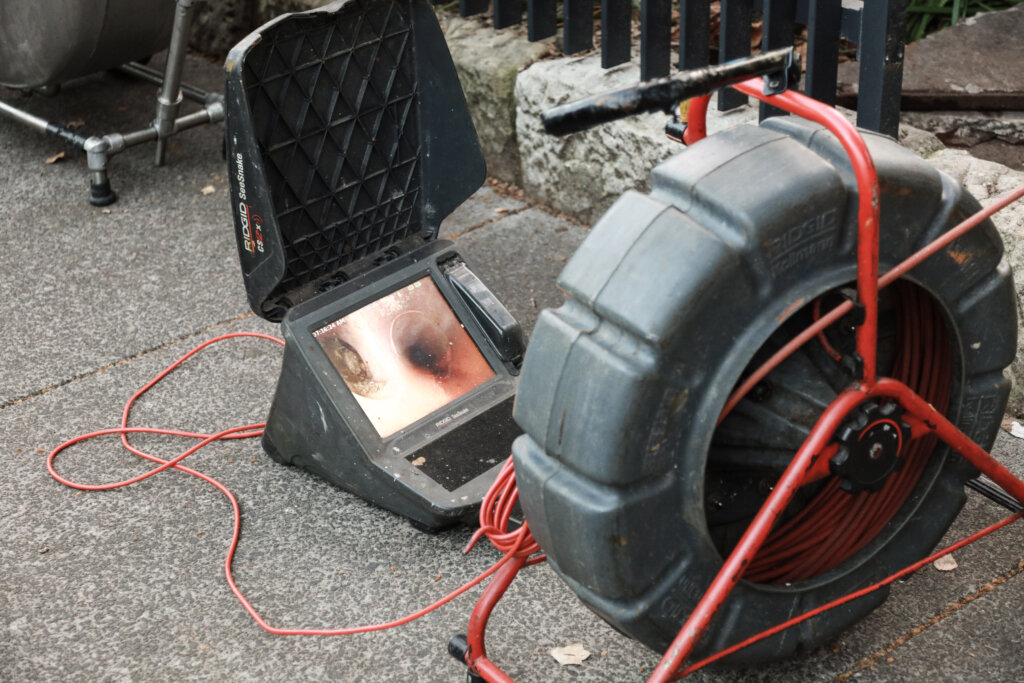
Pipe relining or cured-in-place pipe (CIPP), is a trenchless repair technology used to fix blocked, cracked, or leaky pipes. A flexible textile liner is inserted into damaged pipes using air or water pressure. Epoxy resin is then poured into the pipe to create a corrosion-free and waterproof seal.
Essentially, pipe relining is an innovative way to repair cracked or broken pipes from the inside out while keeping underground pipes intact. Although below-ground pipes are sheltered from the elements, they are susceptible to damage caused by invasive tree roots, debris, high pressure, blockages, cold weather and poor installation.
When damage does occur to these underground pipes, a plumber has to dig them up in order to replace these sewer pipes. This will cost you both time and money.
The CIPP method doesn’t require you to rip out and re-landscape your garden. Relining technicians use this non-invasive solution for both traditional pipe materials as well as PVC pipes.
Although CIPP technology was invented in 1971 by Eric Wood of London, England, this pipe repair method only recently gained national recognition throughout Australia. This is likely due to the many benefits it offers compared to traditional pipe replacement methods.
Currently, the top-rated pipe liners used within the industry are produced by the German-technology brand, Brawoliner. Brawoliner created a knitted, flexible pipe liner in 1998 that permanently fixed defective pipelines with bends and junctions of up to 90°.
What is pipe relining technology?
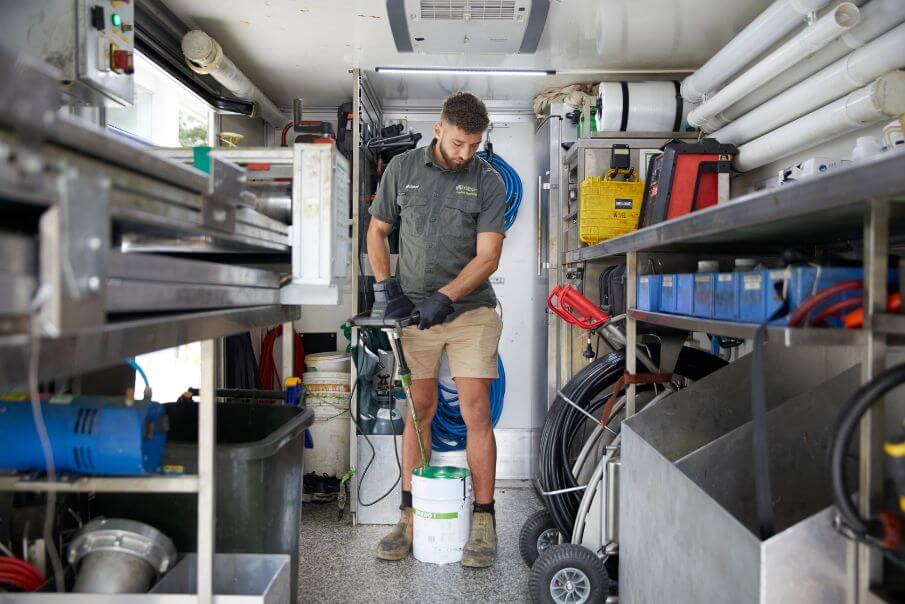
Pipe relining is the latest innovative technological solution to rehabilitate damaged drains and sewer lines that run underground.
The technology includes highly durable drain cameras, knitted textile liners, and epoxy resin.
With these powerful products, a pipe liner is fitted to the shape of your below ground sewer pipes. Then, epoxy resin seals to the new tube, creating a dynamic bond that is waterproof, corrosive-resistant, and long lasting.
Although the technology is highly advanced, it’s actually more cost-effective than traditional methods of pipe replacement. This pipe relining method avoids costly, dangerous and yard-damaging excavation while creating a strong, efficient and more reliable underground piping system.
When you’re searching for a good pipe relining company be sure to ask them how they plan to repair your broken pipe. If digging is involved, you may need to seek out a second opinion.
Advantages of pipe lining
When your home’s pipe joints start to leak, the issue can often stem from a deep-rooted section of your underground plumbing network. Traditionally, such an event would require digging a deep trench to remove and replace the old, broken pipes. However, this can destroy your garden, your yard, and even your street.
Here are the main advantages that pipe relining has to offer any home or commercial business owner:
- No costly excavation
- Eliminates property destruction
- No damage to pools, gardens, or lawns
- No excavation mess
- Omits all underground pipe blockage
- Increases flow capacity
- Pipes perform better under high pressure
- Lasts up to 50 years
- No pause in drain operation
- Durable, long expectancy for pipework
The cost-effective 4-step pipe relining process
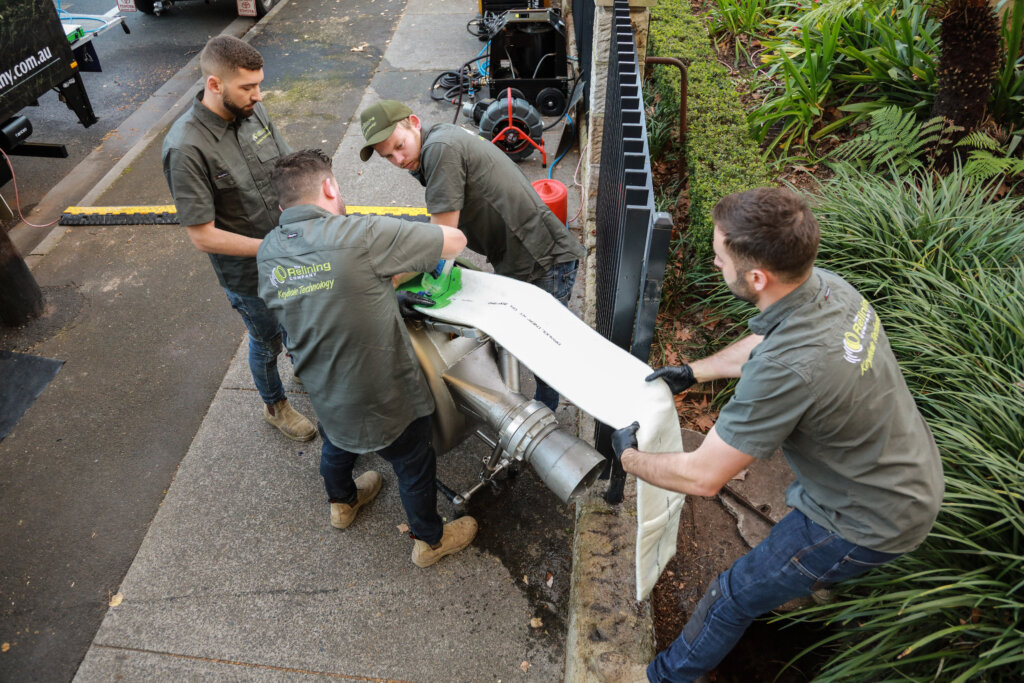
Pipe relining is completed by professional service experts who use the proper tools and equipment.
1. Initial drain camera inspection
Camera drain inspection offers a bug’s eye view of your pipe system without digging up your underground plumbing.
During a drain inspection, a high-definition camera is mounted on a cable and inserted into the drain’s access point. The camera can push through multiple bends within the pipe and reach up to 100m in length. This gives homeowners a clear view of the internal condition of their drains.
2. Debris clearing
Invasive tree roots and foreign debris are removed using a high pressure water jet blaster. This clears any obstructions inside the blocked area.
For industrial PVC pipes, high-speed panels are used to sand down the glossy shine within the internal surface. Then, the liner will seal permanently to the interior, preventing any future leaks from occurring.
3. Liner and epoxy resin application
A pipe relining professional inserts a custom felt liner and an inflatable bladder to match the exact specifications of the damaged pipe. This includes all of its bends and joint intersections.
Once the liner is perfectly shaped to your subterranean tube, the textile product is pulled out and soaked in epoxy resin. Different types of pipes require different forms of epoxy solution for the pipe relining to have its maximum impact.
For example, if your pipe is for drinking water, a certified, chemical-free epoxy solution is used. At The Relining company, we always select the safest and most reliable products for the specific installation application.
A rope is used to carefully manoeuvre the liner into place via predetermined access points within your pipe. This process ensures that plumbers or a relining company can pull the felt liner and bladder into place inside the pipe without digging or causing unnecessary damage to your property.
We use a specialist camera to check our work and to ensure the textile liner is in the right position before inflating the bladder. This seals the damage within the pipes, creating a new pipe inside your old one to work more efficiently than ever. The bladder remains until the resin has cured, leaving you with a pipe that is as hard as nails and as durable as can be.
4. Final inspection
After the textline liner and waterproof epoxy resin are fully installed, a final drain camera inspection is performed. This is to ensure the installation is successful and ready to last you for the next 50 years.
If you’re curious to learn more about how pipe relining works, click here.
Who fixes broken sewer pipes?
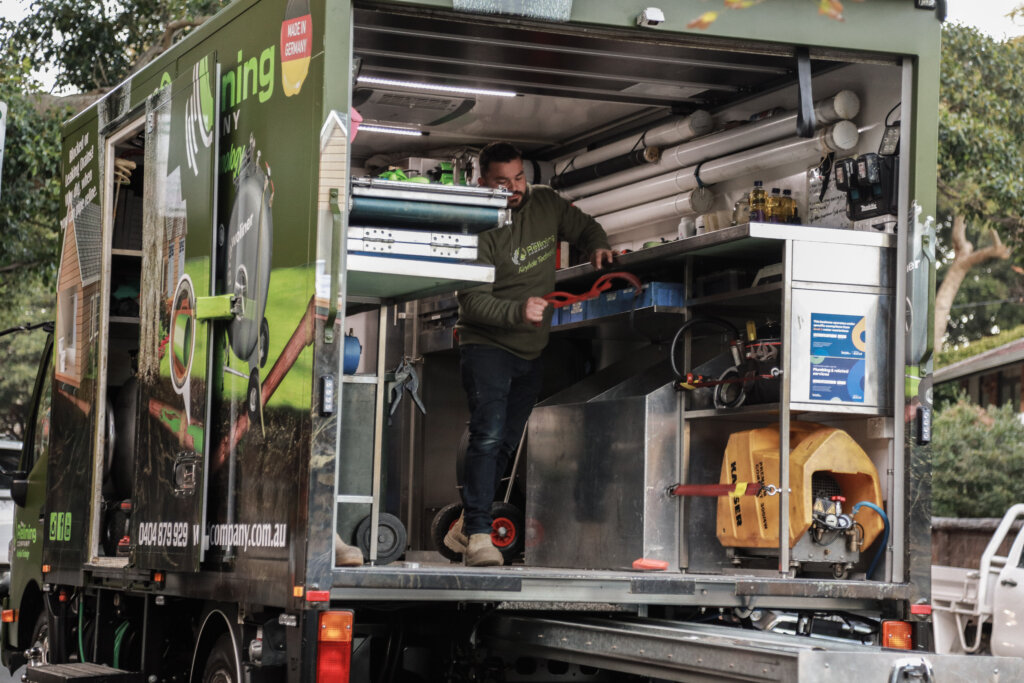
Pipe relining is the modern solution to an age-old problem. Relining specialists or boutique plumbers can use relining to repair blocked drains and broken sewer pipes.
The Relining Company can repair your existing pipes without ripping up the concrete or impacting sewer drains. Want the job finished on the same day? No problem, we understand that you want to get back to your busy life.
Whether your tree roots have impacted your plumbing or you’re just looking for solutions to repair your old systems – The Relining Company experts are here to help you.
For your free consultation and site inspection, simply call our team for the best solutions and a full breakdown of costs on 02 8339 4695 or click here to book online.
So, kick back and relax with our no-dig, no mess, Sydney pipe relining services.
Back to Top